18th century British women writers and their Indian others
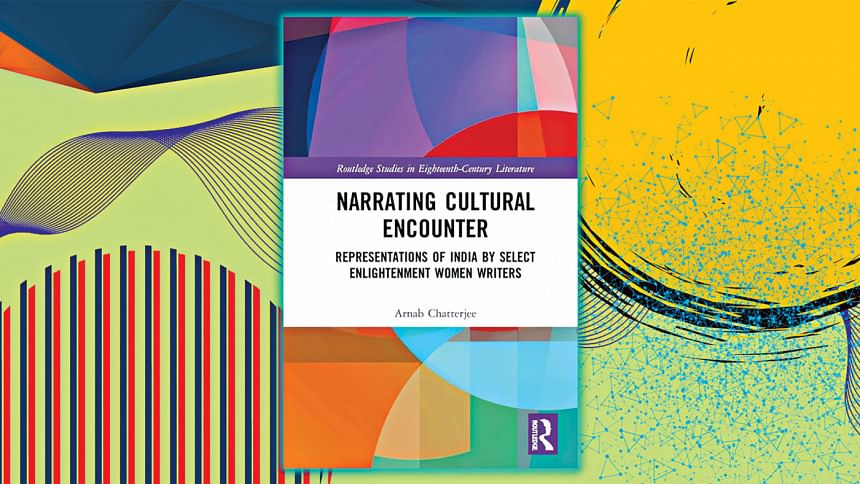
In recent decades, fictional and quasi-fictional late 18th century works about real or imagined visits to the Indian subcontinent, and even interesting travel narratives written by relatively little known British women authors about India, have attracted considerable critical interest. Some of these books are every now and then being reprinted as well. Such works reveal women writers writing imaginative narratives often filled with sharp insights, not merely into India, but also of the Britain they knew. Inevitably, these authors are drawn to comparisons between the way things are in their country, and the part of the subcontinent they are delineating for their readers.
I remember in this context how a visit to the Dhaka British Council Library in 1994—then easily accessible and full of books catering to all kinds of readers—introduced me to Eliza Fay's vivid, and at times intensely felt account about her years in the subcontinent, Original Letters From India (1779-1815) in an edition enriched by E M Forster's introductory comments. In Narrating Cultural Encounter: Representations of India by Select Enlightenment Women Writers (NCER), the Indian academic Arnab Chatterjee includes Fay's book as part of his analysis of narratives of British women writers in attempting to depict India imaginatively for their readers. In addition, he describes illuminatingly Phebe Gibbes's 1789 novel, Hartly House, Calcutta, Elizabeth Hamilton's 1796 novel, Translations of the Letters of a Hindoo Rajah, Lady Morgan's The Missionary: An Indian Tale (1811), and Jemima Kindersley's travelogue, Letters from the Island of Tenerife, Brazil, the Cape of Good Hope, and the East Indies (1777).
Following diligently the track laid down by previous scholars writing about such 18th century female authors, Chatterjee finds "ambiguity" and "ambivalence" revealed in their narratives. To him their "marginalized female status" often made their reportage nuanced in a way not evident in the accounts of the male writers of the period. They were, of course, also representing India through the gaze of the colonialist, but theirs were perceptions nuanced as well by their status as people marginalised in an overwhelmingly patriarchal English society. In following this track, Chatterjee finds again and again evidence of the subversive perspectives of these women writers, bent on expressing their reservations about the domineering attitudes of the white male rulers.
In the case of Eliza Fay, he finds her critiquing widow-burning among the Hindus as a ritual stemming from patriarchal power at least partly because she was suffering from the actions of her own husband then.
The postcolonial and feminist lenses Chatterjee deploys in his discussion of the works of the selected women writers seem to suit his analysis of the works of these "enlightenment" period British women writers, for their biases, fixations, and anxieties often come into view then. Not surprisingly, perhaps, Chatterjee starts his discussion of the postcolonial theoretical frameworks he has been influenced by with Edward Said's critique of Orientalist representations. But Chatterjee feels that he had to go beyond the Palestinian-American theorist's orbit and include notions of ambivalence and mimicry presented in Homi Bhaba's works. From women critics like Lisa Lowe and Sara Suleri, Chatterjee says he has learnt to appreciate fully the "heterogeneity of Orientalist discourse". In sum, he suggests that he is adapting a balanced theoretical perspective that enables him to go beyond the kind of binaries found in Said. From this perspective, he claims, he reads the white women writers narrating in their work things that the white male gaze had turned a blind eye to. From Mikhail Bakhtin as well Chatterjee says he has learnt to adopt a "dialogic" viewpoint in discussing critically the works of the British women writers he has focused on.
In addition to adopting postcolonial, feminist, and Bakhtinian lenses in his reading of late 18th century works by British women writers in the wake of critics like Suleri and Lowes, Chatterjee is able to enhance his discussion by contextualising them in an 18th century where enlightenment discourses had been impacting on western ideological formations. These women writers, he suggests, could take note of the unrestrained behaviour of the British colonisers of India and their rapaciousness. Chatterjee indicates that it was possible that most of the women writers he has chosen to discuss were also disturbed by the excesses of British soldiers regarding Indian women revealed, for instance, in the proceedings of the Hastings impeachment trial, even when they sided with Hastings and opposed Burke's criticism of the British Governor-General of India. Chatterjee also believes that imbued by Enlightenment ideals, the British women authors he writes on were bent on critiquing Indian male abuses in a manner that implicitly interrogate white male mistreatments of white women in the 18th century.
Chatterjee notes too that some of his chosen British women writers of the enlightenment period depicting India in their works had been influenced by their origins outside mainstream British society. He suggests thus that Elizabeth Hamilton's Ulster-Scot background and Lady Morgan's Irish origins enabled them to portray English excesses in the subcontinent critically. In the case of Eliza Fay, he finds her critiquing widow-burning among the Hindus as a ritual stemming from patriarchal power at least partly because she was suffering from the actions of her own husband then.
In sum, Arnab Chatterjee's work on British women writers of the late 18th century representing India is a balanced work, and one making good use of recent postcolonial musings about empire, imperialists, and feminist writings about gender and power. But I find the title of the book a bit awkward. Is the book dealing only with a "cultural encounter" and not "cultural encounters"? Also, I feel that the book could have benefited from more editing. But it does make an important contribution to the subject of cultural encounters in British India during the late 18th century because of his thorough analysis of texts worth reading by anyone interested in travel writing, the literature of colonisation and the lot of the women of the period—Indian or British—seen through postcolonial, feminist lenses.
Fakrul Alam is Bangabandhu Chair Professor, Department of History, University of Dhaka.

 For all latest news, follow The Daily Star's Google News channel.
For all latest news, follow The Daily Star's Google News channel. 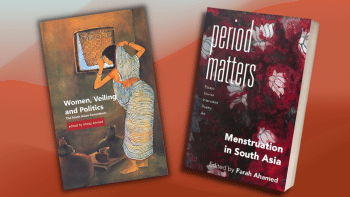
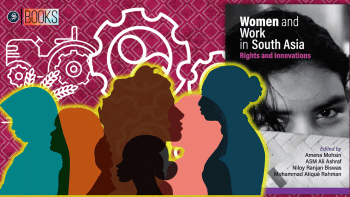


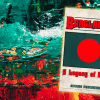
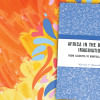

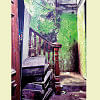
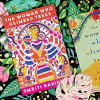


Comments